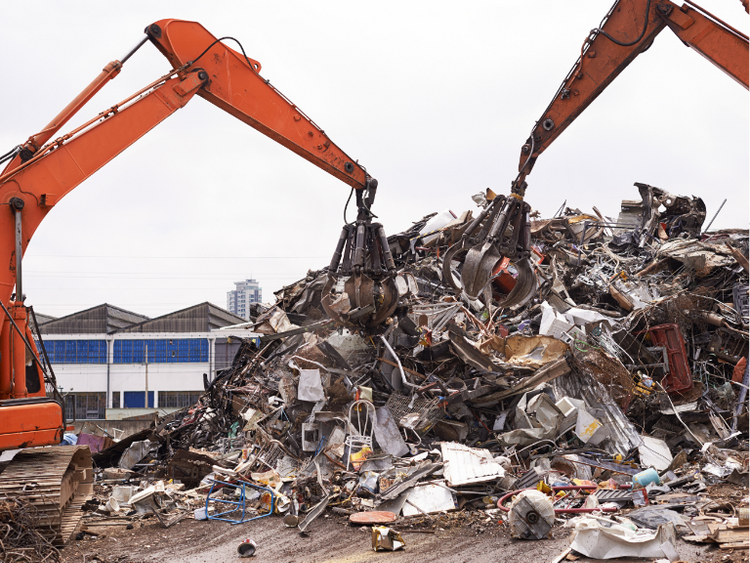Market Data
October 3, 2023
SMU's September at a Glance
Written by David Schollaert
Steel prices continued to decline last month – a trend we’ve seen repeated since mid-April. Hot-rolled coil (HRC) prices ended September at $645 per ton ($32.25 per cwt) on average, having fallen by $80 per ton during the month.
The SMU Price Momentum Indicator for sheet products remained pointing Lower due to waning tags that have resulted largely from declining demand.
The Price Momentum Indicator on plate, which had been at Neutral since the end of April, shifted to Lower at the close of September. Plate prices have begun to show signs of weakness as demand has also started to trend down.
Raw material prices have fluctuated some but were again largely sideways last month. Scrap prices were flat on average in September, except for busheling, which saw a $50-per-gross-ton decline from August. Despite some movement earlier in the month, zinc and aluminum spot prices were largely stable, remaining within historical levels. You can view and chart multiple products in greater detail using our interactive pricing tool here.
The SMU Steel Buyers Sentiment Index remained positive and recovered a bit, edging up during the month. Current Buyers Sentiment rose from +55 in August to +59 on average in September. Future Sentiment hovered at an average of roughly +73, a notable increase from the month prior’s reading of +66.
Our Steel Buyers Sentiment 3MMA Index (measured as a three-month moving average) has been eroding over the past three months, to ~+59 in September from ~+61 the month prior.
Hot rolled lead times averaged 4.55 weeks in September, down from 4.71 weeks the month prior. SMU expects lead times to hover around current levels, but market chatter suggests they could increase in October should restocking efforts for first quarter 2024 demand begin. A history of HRC lead times can be found in our interactive pricing tool.
About 91% of HRC buyers reported in September that mills were willing to negotiate on prices, up from about 90% in August.
Key indicators of steel demand are still showing some signs of weakness overall but are nowhere near the bullish levels some had shown earlier in the year. While there are some backlogs in the energy and construction sectors, the UAW strike on Detroit’s Big Three automakers remains the wildcard, with little clarity on its duration and overall impact on steel prices.
See the chart below for other key metrics for the month of September:








